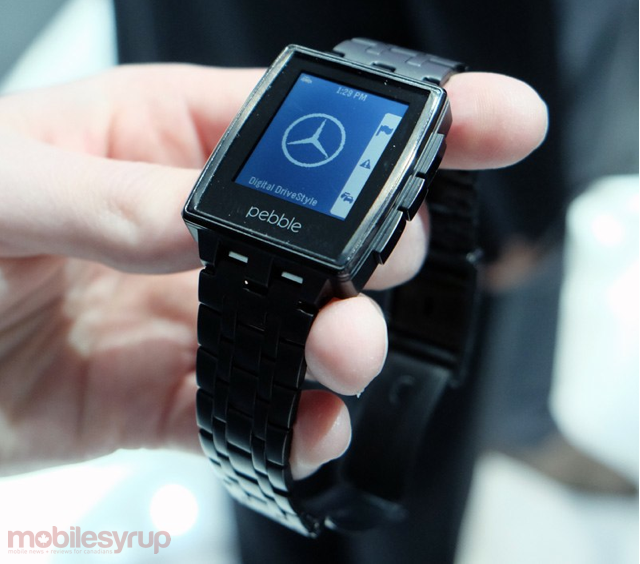
Wearables definitely dominated CES. In fact, there were so many companies showing off their wares this year, the showroom floor had dedicated smartwatch and digital health tech zones. And the exhibit hall wasn’t the only place they could be found: some of the biggest announcements coming out of CES were around wearable tech.
But despite how prevalent they were at the show, it was quite clear that 2014 is not the year of Wearable Tech. Instead, CES highlighted that this year is one of many where we will see wearable tech gain traction and slowly mature.
In case you missed the frenzy, we’ve recapped everything you need to know about wearables coming out of CES.
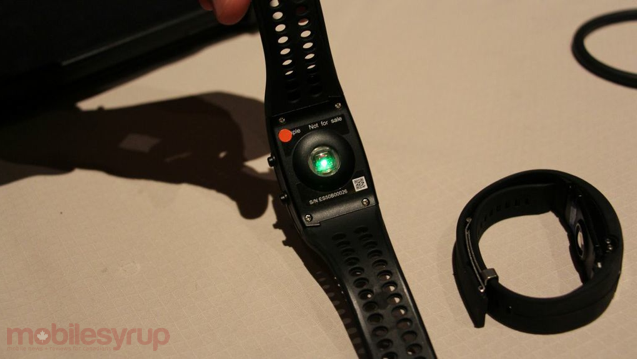
1. Big Players Enter the Wearable Space
Last year was the year that wearables started to get their legs, largely due to new entrants to the market like Pebble and Fitbit. But this year is when the tech titans started to really get in on the party. Sony, Epson, LG, and Intel all announced new wearables at CES.
Most of the major announcements were wearables for health and fitness. Sony unveiled their line of SmartWear which utilizes a sensor called Core. Epson launched Pulsense, a watch and wristband that track your heart rate using an optical sensor. And both LG and Intel unveiled heartbeat-monitoring earbuds. LG also showcased their OLED display fitness device, the Lifeband Touch.
But it wasn’t all about fitness at CES. Epson also showed off their next-gen Moverio BT-200 smart glasses. And Intel teased us with a smartwatch meant for kids that requires no tethering and has geo-fencing capabilities.
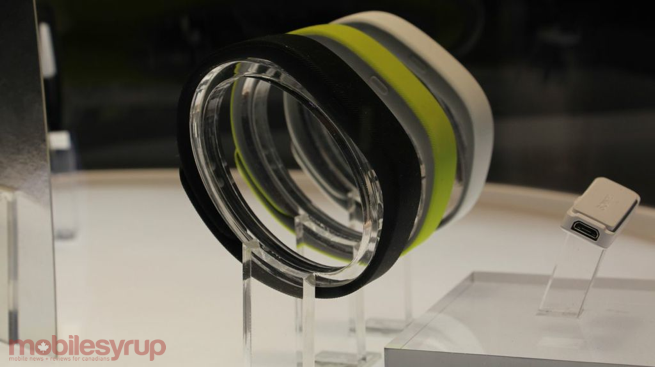
2. Fitness Trackers Get Smarter
Activity trackers are quickly shifting away from being single-purpose pedometers. A new breed of fitness trackers emerged at CES. Ones equipped with heart rate monitors, which more accurately measure your health, and OLED displays, that show your stats and other value adds like the time and text/email notifications.
LG’s Lifeband Touch, Garmin’s VivoFit and popular newcomer Razer Nabu are examples of activity trackers which are raising the bar for these types of devices.
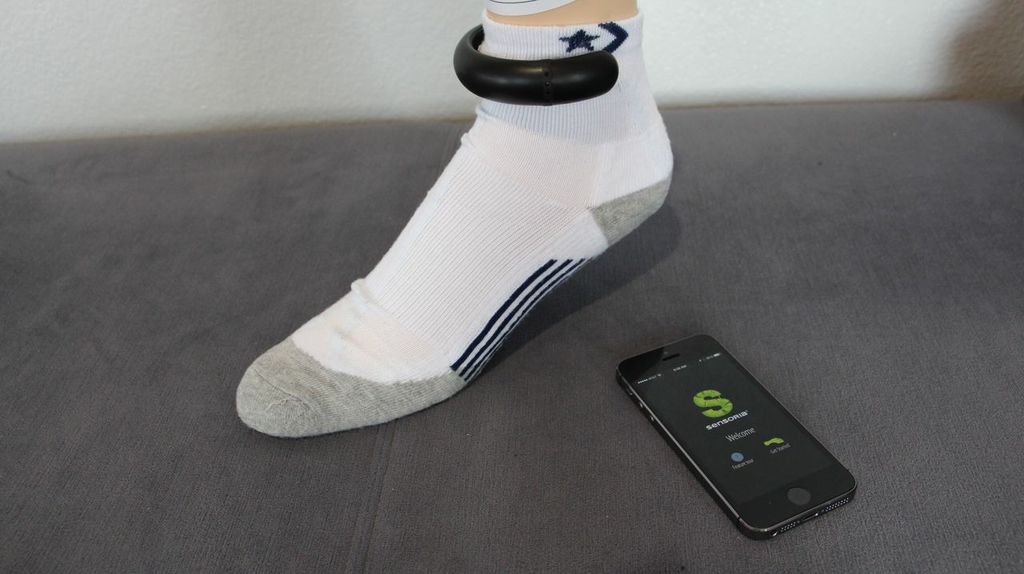
3. Wearables Move Beyond the Wrist
Watches and wristbands are the most common form of wearables we saw at this years show. But they weren’t the only ones.
Although fewer in numbers, this year we saw wearables for your feet like Heapsylon’s Sensoria Smart Socks, which measure balance, cadence and activity. Wearables for your ears like LG and Intel’s heartbeat measuring earbuds. And wearables you wear on your torso, like Lumo Body Tech’s newest wearable LUMOLift, which lets you know when your shoulders are slouching.
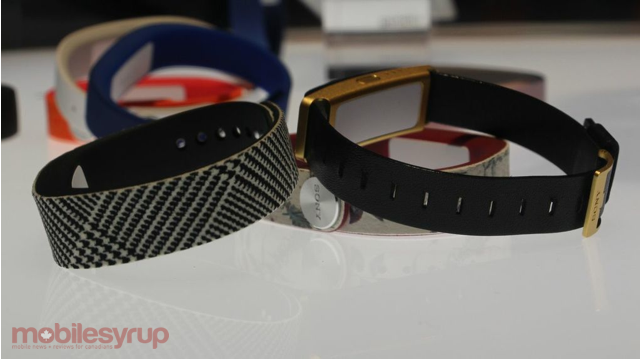
4. Fashion Starts to Become a Focus
Fashion has been noticeably void for wearables with most of the emphasis on function and tech over aesthetic. But we saw some big moves from key players at CES which may mark a shift in this thinking.
Intel announced a new fashion venture at their keynote which would see the chipmaker collaborate on wearable tech projects with major fashion industry leaders including CFDA, Barney’s New York and Opening Ceremony.
Sony was also showcasing design concepts at their booth which featured the Core in stylish accessories that looked more like they came out a boutique rather than Best Buy. And Pebble unveiled Pebble Steel, a sleek, metal version of their smartwatch which aims to be more stylish than the original.
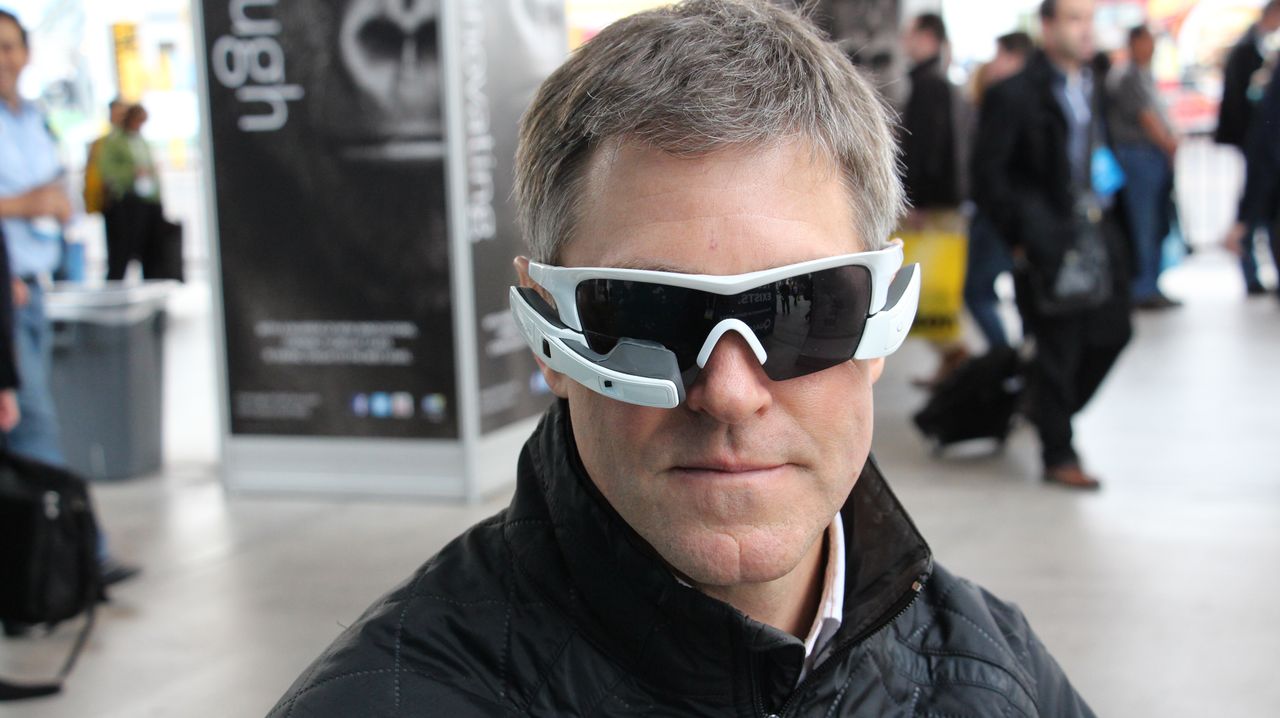
5. Smart Glasses Still For Gamers
Smart glasses were at the show but were much harder to find. Epson made the biggest noise this year with the announcement of their latest version of Moverio, an Android powered see-through interactive display.
The Moverio BT-200 is a vast improvement to the original pair of smart glasses Epson launched back in 2012. But despite some killer apps showcased from Metaio and Imaginary Computers, it was clear that these glasses are not yet ready for the everyday consumer, but more for early adopters, developers and gamers.
Gaming was also the focus for virtual reality goggles at the show including the latest prototype announced from Oculus Rift, Crystal Cove. Avegant and castAR were other notable examples.
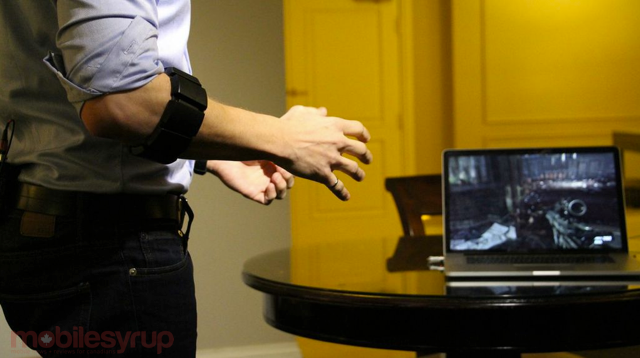
6. Massive Fragmentation and Isolated Use Cases
The biggest takeaway from CES was the sheer number of wearable companies all creating their own tech and with them, SDKs and APIs. The current fragmentation in the wearables space makes the smartphone space look like a big, happy family.
In addition, wearables seem to be tackling solutions in isolation. One wearable to help you stand up straight, another to help better your balance and yet another to help you calm your mind. All great pieces of the puzzle, but none of these pieces are talking to each other.
It is clear that for this ecosystem to survive, common platforms will need to emerge which will allow wearables to work together to elevate the user value.
MobileSyrup may earn a commission from purchases made via our links, which helps fund the journalism we provide free on our website. These links do not influence our editorial content. Support us here.


